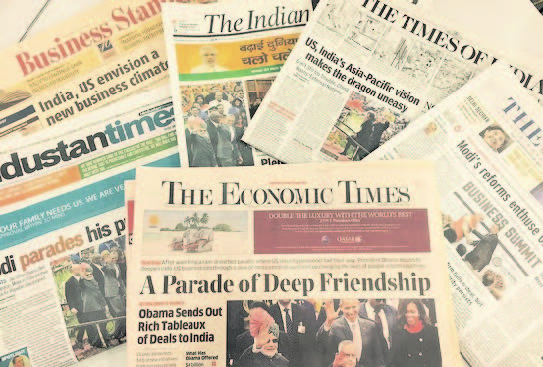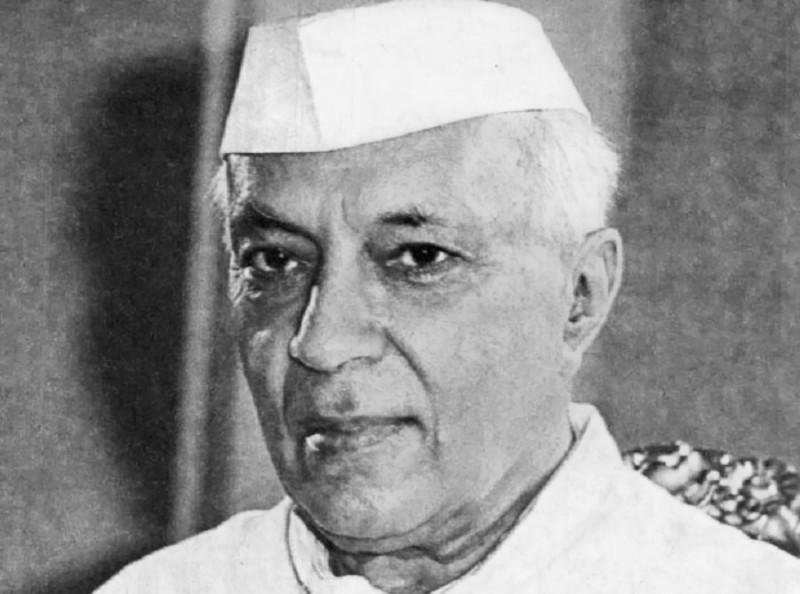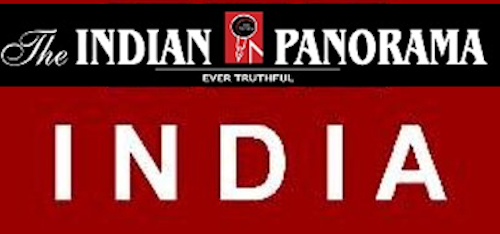
The Indian media display certain defects. These should ideally be addressed and corrected in a democratic manner. But if the media prove incorrigible, harsh measures may be called for.
The time has come when some introspection by the Indian media is required. Many people, not only those in authority but even ordinary people, have started saying that the media have become irresponsible and wayward, and need to be reined in.
Only a couple of days back I read in the newspapers that the Union government has issued some regulations regarding licenses for news channels, to which there was a lot of reaction. Under the Constitution of India, freedom of the media is part of the freedom of speech guaranteed by Article 19 (1) (a). However, no freedom can be absolute, and reasonable restrictions can be placed on it. One of the basic tasks of the media is to provide truthful and objective information to the people that will enable them to form rational opinions, which is a sine qua non in a democracy. But are the Indian media performing this role properly?
I may only mention certain defects in the functioning of the India media today.
Twisting facts
One of the defects is that the media often twist facts. I would like to give an example.
One day, a leading English newspaper published on its front page a photograph of Justice Gyan Sudha Misra of the Supreme Court with the caption: “Supreme Court Judge says that her daughters are liabilities.” This was a distorted and fallacious item of news, published on the front page.
Supreme Court Judges have to disclose their assets and liabilities. Against the liabilities column, Justice Misra had written: “two daughters to be married.” Strictly speaking, it was not necessary to mention this because liabilities mean legal liabilities, for example, housing loan, car loan, and so on. Justice Misra’s intention was obviously to say that she would have to spend on her daughters’ future marriage. She has three daughters (no son), only one of whom has been married. Justice Misra never said, nor intended to say, that her daughters were liabilities. The news was false and defamatory, with the obvious intention of creating a sensation.
Paid news
A second defect concerns the issue of paid news that has become prominent of late. In the 2009 elections, it was a scandal. How this vicious practice could be stopped needs to be discussed. Incidentally, in compliance with an order of the Chief Information Commissioner dated September 19, 2011, we have placed the 71-page report of the Committee consisting of Paranjoy Guha Thakurta and Sreenivas Reddy on our website, www.presscouncil.nic.in with the disclaimer that the Press Council had rejected this report at its meeting held on April 26, 2010.
Non-issues as real issues
A third defect is that the media often portray non-issues as real issues, while the real issues are sidelined. The real issues in India are economic, that is, the terrible economic conditions in which 80 per cent of our people are living, the poverty, unemployment, lack of housing and medical care and so on. Instead of addressing these real issues, the media often try to divert the attention of people to non-issues. Such as that the wife of a film actor has become pregnant, whether she will give birth to a single child or to twins, and so on. Are these the real issues facing the nation?
At a Lakme India Fashion Week event, there were 512 accredited journalists covering the event in which models were displaying cotton garments, while the men and women who grew that cotton were killing themselves at a distance of an hour’s flight from Nagpur, in the Vidharbha region. Nobody told that story, except one or two journalists, locally.
Is this a responsible way for the Indian media to function? Should the media turn a Nelson’s eye to the harsh economic realities facing over 75 per cent of our people, and concentrate on some ‘Potemkin villages’ where all is glamour and show biz? Are not the Indian media behaving much like Queen Marie Antoinette, who said that if the people had no bread, they should eat cake?
No doubt, sometimes the media mention farmers’ suicides, the rise in the price of essential commodities, and so on, but such coverage is at most 5 per cent to 10 per cent of the total. The bulk of the coverage goes to showing the life of film stars, pop music, fashion parades, cricket and astrology.
Tendency to brand
Here is a fourth defect. Bomb blasts have taken place near the Delhi High Court, in Mumbai, Bangalore and so on. Within a few hours of such a bomb blast, many TV channels started showing news items that said that the Indian Mujahideen or the Jaish-e-Mohammed or the Harkatul-Jihad-e-Islam had sent e-mails or text messages claiming responsibility. The names of such alleged organizations will always be Muslim ones. Now, an e-mail can be sent by any mischievous person, but by showing this on TV channels and the next day in the newspapers, the tendency is to brand all Muslims as terrorists and bomb-throwers.
The truth is that 99 per cent of the people of all communities, whether Hindu, Muslim, Christian or Sikh, and of whatever caste or region, are good. But the manner in which such news is shown on TV screens and published in newspapers tends to create the impression that all Muslims are terrorists, and evil – which is totally false. The person who sends such e-mails or text messages obviously wants to create hatred between Hindus and Muslims, which is the old British divide-and-rule policy continuing even today. Should the media, wittingly or unwittingly, become part of this policy of divide-and-rule?
No doubt there are defects not only in the media but in other institutions also, for example, the judiciary, the bureaucracy, and so on.
There are two ways to remove these defects in the media. One is the democratic way, that is, through discussions, consultations and persuasion – which is the method I prefer. The other way is by using harsh measures against the media, for example, by imposing heavy fines on defaulters, stopping government advertisements to them, suspending their licenses, and so on.
In a democracy we should first try the first method to rectify the defects through the democratic method. For this purpose, I have decided to have regular get-togethers with the media, including the electronic media, so that we can all introspect and ourselves find out ways and means to rectify the defects in the media, rather than this being done by some government authority or external agency.
I propose to have such get-togethers once every two or three months, at which we will discuss issues relating to the media and try to think of how we can improve the performance of the media so that it may win the respect and confidence of the people.
If the media prove incorrigible, harsh measures may be required. But in my opinion, that should be done only as a last resort and in extreme situations. Ordinarily, we should first try to resolve issues through discussion, consultation and self-regulation. That is the approach which should be first tried in a democracy. I, therefore, request the Union government to defer the implementation of its recent decision regarding news channel licenses, so that we can ourselves discuss the issue thoroughly, and ourselves take corrective measures.
Till now the function of the Press Council was only adjudication. I intend to make the Press Council an instrument of mediation in addition, which is in my opinion the democratic approach. For this purpose, I need help, cooperation and advice from the media.
India is passing through a transitional period in its history, from a feudal agricultural society to a modern industrial society. This is a very painful and agonizing period. The media must help society in going through this transitional period as quickly as possible, and by reducing the pain involved. This they can do by attacking feudal ideas, for example, casteism and communalism, and promoting modern scientific ideas.
(This is the edited text of a speech delivered by Justice (retired) Markandey Katju
(Courtesy The Hindu)





Be the first to comment